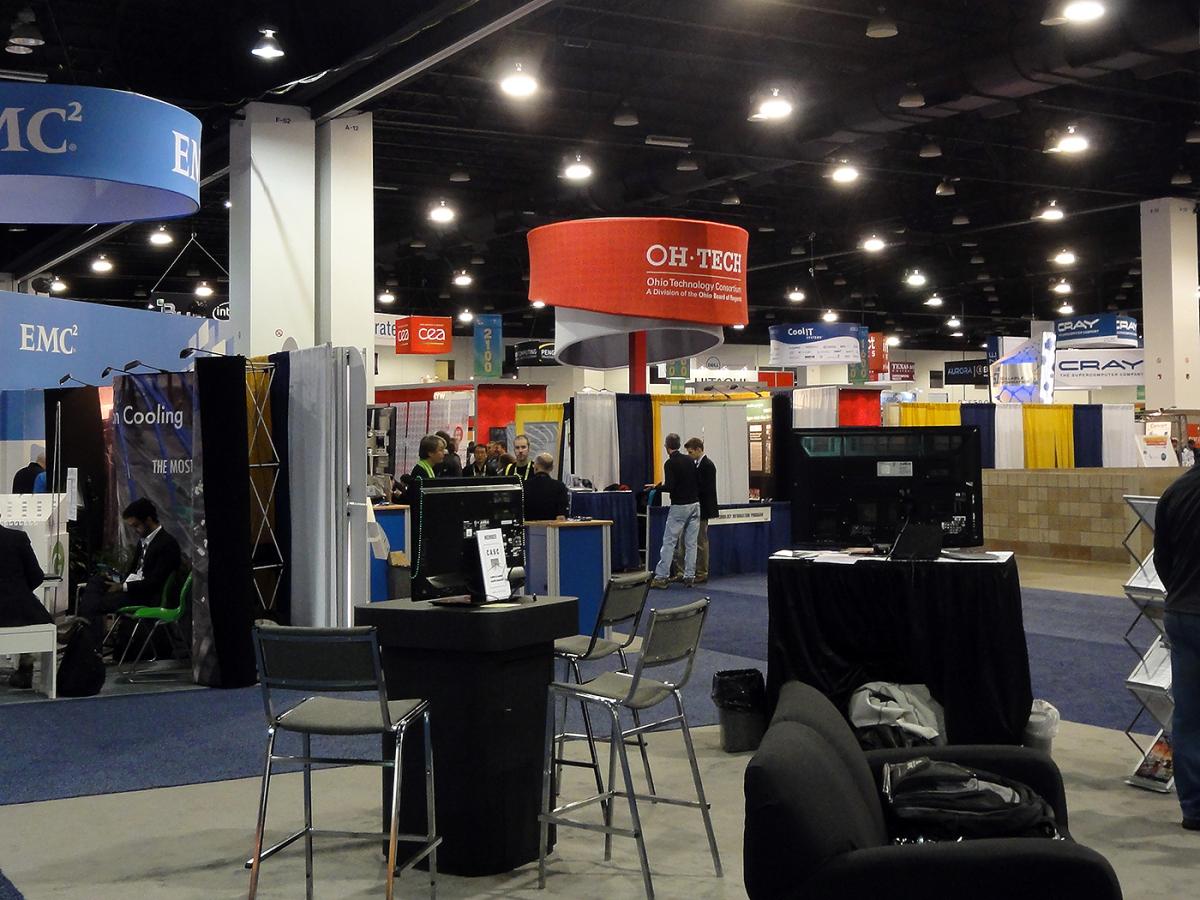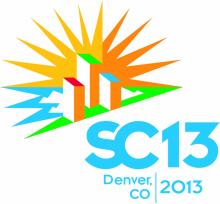In Denver recently, my Ohio Supercomputer Center colleagues and I participated in SC13, the “International Conference for High Performance Computing, Networking, Storage and Analysis,” and we celebrated the event’s 25th conference. Organizers created a timeline display of the conference over the years, and it was very interesting to see how the conference has grown and evolved with the industry that it represents. I made some mental notes about some of what I saw this year to share with blog readers.
This year’s conference was very good overall, and it was especially interesting to hear the keynote address from Genevieve Bell, a noted anthropologist and Intel Fellow. She gave us some perspective on the first Big Data collection, how it has evolved into data being collected today and how it gets used – and, not always for the reasons that people think!
Big Data and Big Data analytics were discussed by many vendors and research centers throughout the conference. These relatively new terms are bringing attention to concepts that are obviously making a significant impact on the direction of high performance computing. HPC is needed to make use of all that structured data being collected by satellites, microscopes, DNA sequencers, as well as the vast amounts of unstructured data available on the Internet today.
Industry collaboration also was a major focal point at SC13. This was true for our own OSC initiative, AweSim, which seeks to boost the use of modeling and simulation among small and mid-sized businesses by creating advance manufacturing apps and providing effective workforce training. OSC worked very closely with Intel, P&G and other partners to make AweSim visible to attendees, vendors and potential collaborators.
I noticed that the HPC industry is beginning to see that GPUs are not the only solution to address coprocessor acceleration. In addition to GPUs, vendors and users were discussing other viable options, such as leveraging the Intel Phi CPU or FPGAs (Field Programmable Gate Arrays) for some acceleration needs.
I also noted the ubiquitous use of wireless devices, including mobile devices, being used by the 10,000 attendees and the hundreds of exhibitors on the conference floor. These devices made a huge demand on the wireless network built for the conference, SciNet, which seemed to perform nearly flawlessly this year.
The professional development aspects of the conference have really grown, with 25 tracks of programs, presentations and vendor demonstrations being conducted simultaneously. The ongoing federal travel restrictions are having a significant impact on the conference, affecting who is permitted to help plan and participate in these various programs.
The SC conferences are just a year younger than OSC, which was established in 1987. I’m proud to have played a small part, serving on various committees over the years. Looking back, the SC conferences show us how we as an industry have risen to challenges in technology, culture and economies to support miraculous breakthroughs in science, health care, education and more.



